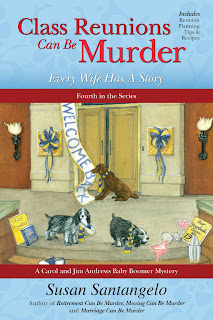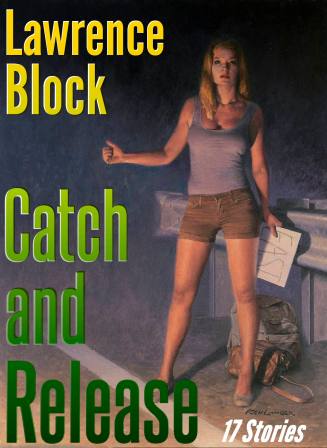My Wyoming historical mystery, The Sweetwater Tragedy, required more than 20 years of research and writing because it was a mystery.I came across the story on microfilm years ago while researching a centennial history book, and was angry when I read the story. I still can't imagine how rich cattle barons got away with hanging an innocent young couple for the sole purpose of confiscating their land. Witnesses to the murder disappeared or were also killed although the case
was dismissed for lack of evidence. Films have been produced about the case that made worldwide headlines in 1889, portraying Ellen Watson-Averell an outlaw called "Cattle Kate." Songs and poems have been written and performed, and people to this day still believe the cattlemen's lies that the young people were cattle thieves who ran a rural bordello (called a "hog ranch" by the locals). I had to write the true story after years of research. And because I didn't want the novel to end with their deaths, I added a young, single woman from Missouri who wanted to homestead on her own in Wyoming Territory. Susan Cameron represents some 200,000 single woman who tried their hands at homesteading. Dennis Redfield, a southern California actor, did a terrific job of narrating the book, which is now available at Amazon, Audible.com and iTunes.
Westerners: Candid and Historic Interviews contains some of the fascinating people I've had the pleasure of talking to over the years. Among them Louis L'Amour, country singer Chris LeDoux, attorney Gerry
 Spence, infamous grandsons of Bill Cody and Presidents Benjamin and William Henry Harrison, who left their own imprints on society, among many others. During my years as a news reporter and freelance photojournalist in both California and Wyoming, I've met some great people whose accomplishments were more than I could fathom, among them the gifted writer Will Henry, Governor Ed Herschler, Wyoming Secretary of state Thrya Tompson, novelist Peggy Simson Curry, artist Conrad Schwiering, U.S. Senator Alan Simpson and his unusual family, and the country's oldest radio station owner and talk show host, to name a few. Humor abounds in this volume of interviews and most of them didn't take themselves too seriously, which I found refreshing, but you can determine that for yourselves. Narrator Paul McSorly deftly brought the interviews to life, and I know you'll enjoy listening to them.
Spence, infamous grandsons of Bill Cody and Presidents Benjamin and William Henry Harrison, who left their own imprints on society, among many others. During my years as a news reporter and freelance photojournalist in both California and Wyoming, I've met some great people whose accomplishments were more than I could fathom, among them the gifted writer Will Henry, Governor Ed Herschler, Wyoming Secretary of state Thrya Tompson, novelist Peggy Simson Curry, artist Conrad Schwiering, U.S. Senator Alan Simpson and his unusual family, and the country's oldest radio station owner and talk show host, to name a few. Humor abounds in this volume of interviews and most of them didn't take themselves too seriously, which I found refreshing, but you can determine that for yourselves. Narrator Paul McSorly deftly brought the interviews to life, and I know you'll enjoy listening to them. My first audio book, which I wrote about in my previous post, Mystery of Spider Mountain, has been well received and I'm happy that middle-grade readers will be listening to the adventures of the Hamilton Kids this holiday season and into the new year. Chelsea Ward did a great job narrating the novel for 9-12 year-olds and will also narrate the following book in the series, Ghost of Crimson Dawn, which is based on an actual ghost who is said to haunt her former homestead land on Casper Mountain. A summer solstice celebration, which she founded during the 1970s, takes place each year on the first day of summer, with city residents dressed as witches and warlocks to the delight of area children. People have come from as far as the East Coast to take part in the festival, which I attended to research the novel.
My first audio book, which I wrote about in my previous post, Mystery of Spider Mountain, has been well received and I'm happy that middle-grade readers will be listening to the adventures of the Hamilton Kids this holiday season and into the new year. Chelsea Ward did a great job narrating the novel for 9-12 year-olds and will also narrate the following book in the series, Ghost of Crimson Dawn, which is based on an actual ghost who is said to haunt her former homestead land on Casper Mountain. A summer solstice celebration, which she founded during the 1970s, takes place each year on the first day of summer, with city residents dressed as witches and warlocks to the delight of area children. People have come from as far as the East Coast to take part in the festival, which I attended to research the novel.Click on the blue title links for more details. Mystery of Spider Mountain is currently on sale for only $1.99.























